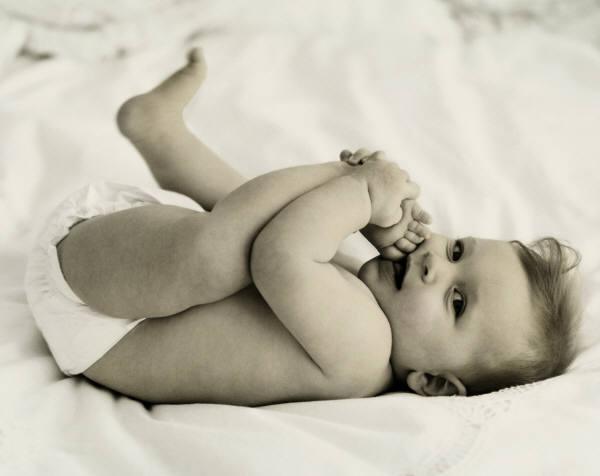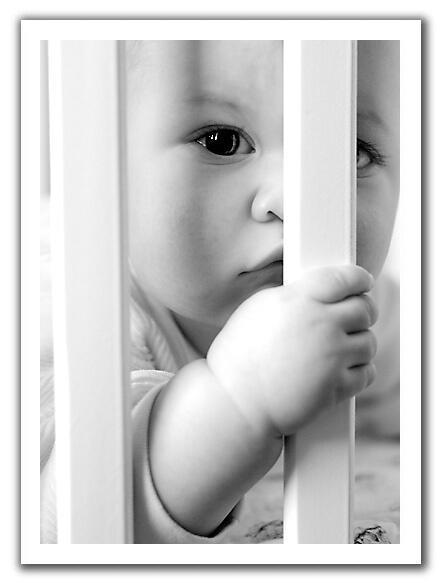Wat Phra Kaew, also known as the Temple of the Emerald Buddha, is an architectural wonder of gleaming glided chedi (stupas or mounds) seemingly levitating above the ground. Central to the wat is the Emerald Buddha itself, a rather small, dark statue, a little more than 60cm tall, made of green jasper or perhaps jadeite that sits atop a huge gold altar. The Buddha, like many others in Thailand, is covered in a seasonal cloak, changed three times a year to correspond to the summer, winter, and rainy months. The changing of the robes is an important ritual, performed by the king, who also sprinkles water over the monks and well-wishers to bring good fortune during the upcoming season.




Legend says it came from Sri Lanka, but most art historians believe that it was sculpted in the 14th century in northern Thailand, as it is in the Chiang Saen (Lanna Thai) style. This much-venerated image is said to have once been covered with plaster and gold leaf and kept inside a chedi in Chiang Rai. It endured an epic journey from northern Thailand, where it was hidden inside a layer of stucco, to its present home. In between it was seized by Laotian forces and carried off to Luang Prabang and Vientiane, where it was recaptured by General Chakri.
At the side, the Upper Terrace consists of three main monuments - Phra Sri Rattana Chedi, a 19th-century Sri Lankan-style stupa housing ashes of the Buddha; Phra Mondop, a library built in Thai style by Rama I with its mother-of-pearl cabinet that displays the palm leaf scriptures; and the Royal Pantheon where statues of past sovereigns of the ruling dynasty are enshrined, built in Khmer style during the 19th century. There is also a model of Angkor Wat, the most sacred of all Cambodian shrines. The model was constructed by King Mongkut as a reminder that the neighboring state was under the dominion of Thailand. Scattered around the complex are statues of elephants, thought to represent independence and power. Thai kings went to battle atop elephants, and it is customary for parents to walk their children around an elephant three times to bring them strength.

From left: Phra Sri Rattana Chedi, Phra Mondop, Royal Pantheon
The Grand Palace is the former royal residence and consists of four main complexes. Today it is used by the king only for certain ceremonial occasions such as Coronation Day. The king's current residence is Chitralada Palace in the northern part of the city. The palace was greatly influenced by Western architecture, including colonial and Victorian motifs. Anna – tutor to the son of Rama IV and the central figure in the story The King and I - lived here. Visitors can only admire the exteriors of the buildings as their interiors are closed to the public.
Borom Phiman Mansion was built in 1903 by King Chulalongkorn, Rama V for the Heir Apparent, the future King Rama VI. At present it serves as the Royal Guest House for visiting Heads of State and guests of Their Majesties.
Originally the Principal Audience Hall, Phra Maha Montien was the place in which officials of state and foreign ambassadors were received in audience. Nowadays it's impressive interior is used for ceremonial occasions and coronations. It contains the antique throne, used before the Western style one presently in use.
The Grand Palace Hall or Chakri Maha Prasat was built as a royal residence for King Rama IV to commemorate the centennial of the Chakri dynasty. The king's advisors urged him to use Thai motifs to demonstrate his independence from growing Western influence; hence the Thai, temple-style roof that rests physically and symbolically on top of the imperial Victorian building. It has not been used for royal residence since the mysterious death of King Rama VIII (the older brother of the current King), found shot dead in his room in 1946. It now contains the ashes of royal family members on the third floor, the throne room and reception hall on the main floor, and a collection of weapons on the ground floor.
The whitewashed stone building nearby is the Dusit Maha Prasat Hall, originally the residence of Kings Rama I and Rama II, and now serves as the Funeral Hall. The corpse of a deceased royal figure is kept in this building for a year before it is cremated in a nearby field. Currently, foreigners are not allowed to access even the exterior of the building as the recently departed King's sister is lying in state in the building. Numerous Thais dressed in black and white still come to pay their last respect to the monarch's sister.











No comments:
Post a Comment